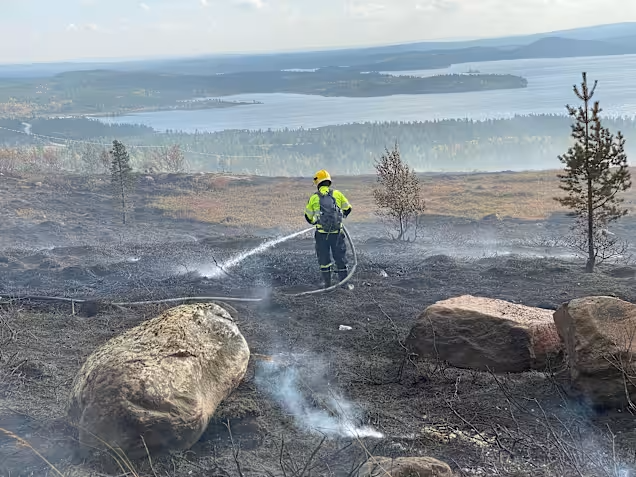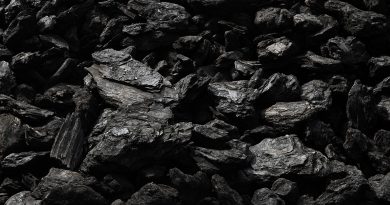Last week’s wildfires in Northern Lapland cost taxpayers more than €100k

Fighting the blazes took six days, with rescue workers wrapping up the job on Monday evening.
The cost of extinguishing three major wildfires that spread in northern Finnish Lapland last week will amount to between 100,000 and 200,000 euros, according to the region’s rescue services chief, Markus Aarto.
The fires spread across three areas in the municipality of Inari — around Sevettijärvi, Kirakkajärvi and Ahvenjärvi. Local rescue services received assistance from two other regions in battling the blazes, according to Aarto.
The costs included rescue workers’ salaries, fuel and other materials, as well as food and lodging for the workers. Putting out the fires also caused damage to equipment which will need repair or replacement.
“This is a rough estimate of the total amount based on past experiences. I can’t estimate the share of salary costs in that yet, but in principle I’ve estimated additional costs,” he said.
Six days to fight blaze
Costs related to the help provided by rescue departments from Kainuu and Northern Ostrobothnia have not yet been determined, he explained.
Fighting the blazes took six days, with rescue workers wrapping up the job on Monday evening. Servicing the damaged equipment could take weeks, according to Aarto.
He estimated that the final bill for combatting last week’s wildfires will range between 0.5 or 1 percent of the department’s annual budget.
Aarto said that cuts have meant that there is no wiggle room in the department’s budget.
“Fortunately, due to rainy weather this summer the number of wildfires in areas other than Northern Lapland has been about 20 percent lower than normal for the season,” he explained, adding that the situation has led to savings.
Impacts including tourism
However, he noted that state funding for rescue services does not fully cover the costs of carrying out the department’s required tasks.
As an example, he said that expenses caused by the tourism industry are not taken into account.
“Rescue services almost always have to operate with minimal staffing — or less than that,” Aarto said, adding that he wanted to make the issue of costs known to the public “so that wildfires, likely caused by people, can be avoided.”
Forest fire warnings for the regions of Inari and Utsjoki remain in effect, which effectively means that open fires are prohibited.
Related stories from around the North:
Canada: N.W.T. Indigenous governments get $15M to deal with 2023 wildfires’ impact, CBC News
Finland: Russian forest fire smoke drifts into Finnish Lapland, Yle News
Norway: Smoke from Canadian wildfires forecast to reach Norway, The Associated Press
Russia: New NOAA report finds vast Siberian wildfires linked to Arctic warming, The Associated Press
Sweden: High risk of wildfires in many parts of Sweden, including North, Radio Sweden
United States: Wildfires in Anchorage? Climate change sparks disaster fears, The Associated Press



